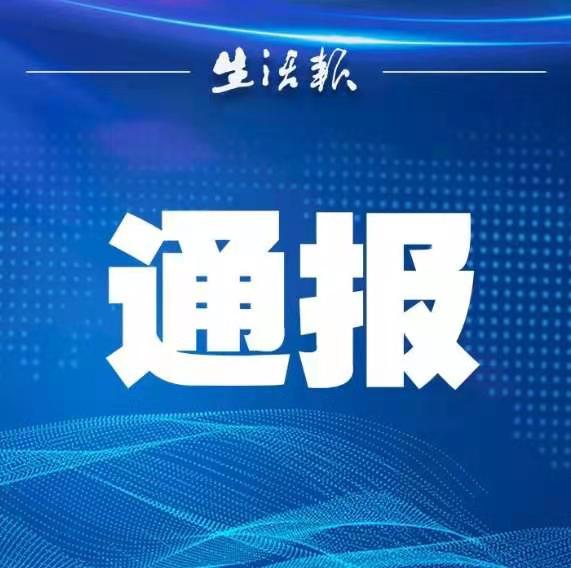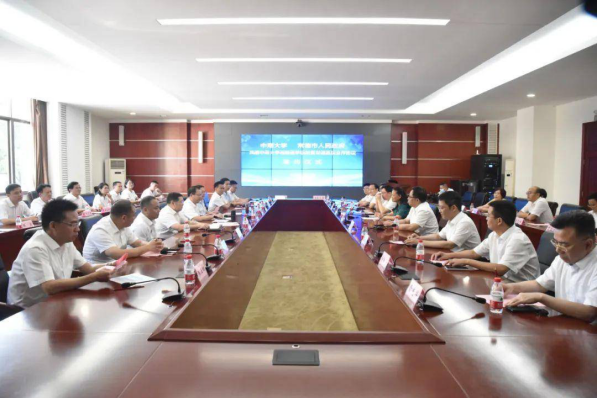Safe device becomes a sustainable device?Doctors in Guangdong seek another way and save 65 -year -old aunt
Author:Guangdong Sanitary Online Time:2022.08.10
With the maturity of technological progress and the increase in public awareness, cardiovascular implantation electronic devices (CIED) as a significant treatment method, clinical application has developed rapidly.
At present, there are about 80,000 surgery of cardiovascular implants in my country each year, with an infection rate of 0.5%to 2%. When infection occurs, how to remove the devices with heart and vascular adhesion safely becomes a problem in the industry.
With a little carelessness or ignorance, the life -saving device will quickly evolve into a "fatal device".

Over the past two years, 65 -year -old Li from Jiangxi has been plagued by the infection of the fighting system, and has not been able to seek medical treatment in Shanghai and Jiangxi. At the end of the way, she came to Sun Yixian Memorial Hospital of Sun Yat -sen University (hereinafter referred to as "Sun Yixian Memorial Hospital"), and successfully removed the entire pairing system.
Recently, Guangdong Hygiene Online saw Auntie Li in the hospital.

Safe device becomes a stubborn device
"Remove" is extremely difficult
More than ten years ago, Aunt Li was diagnosed with "dilated cardiomyopathy, complete left -bouquet blocking block". After the three -cavity pacemaker (CRTD) in his hometown in Jiangxi, the heart function was basically returned to normal and could live normally.
In 2020, due to the exhaustion of the pacemaker battery, Aunt Li underwent the pacemaker replacement surgery. After more than a month after surgery, symptoms such as redness, pain, and ulceration of the pacemaker incision occurred, and severe infections were repeated. Trying conservative treatment methods such as local debridement, infection cannot be controlled.
Professor Chen Xinxin, deputy dean of the hospital, also said, "Once the implantation of heart equipment is infected, it may bring catastrophic consequences. even death."

"Completely removed the entire pairing system, including all electrodes to eradicate infection. The biggest difficulty of this case is to remove the active fixing 4195 electrode on the left ventricular outer surface of the coronary sinus." Sun Yixian Memorial Hospital Cardiovascular Professor Wang Jingfeng, Director of Internal Medicine, suddenly ordered the key to the problem.
However, it is easy to remove the entire pairing system.
The left ventricular fixed electrode in Aunt Li's body was fixed in the coronary venous branch. For more than ten years, it was adhered to the entire blood vessels, and the difficulty and risk were extremely high. At present, there are only one successful removal and several clinical removal in the country (mostly removal, and the remaining electrode disability is still in the coronary vein cavity).

The removal process is thrilling
Heart displacement multiple times
After full discussion and preparation, the surgery was completed by Professor Chen Xinxin, Professor Zhou Shuxian and Associate Professor Mai Jingting of Cardiovascular Medicine. The surgical team makes full use of the technologies such as locking steel wires, Evolutionrl mechanical sheath tubes, and sleeve dilatation tubes. It must be separated from adhesion tissue and must not break the blood vessels and hearts.
On the side of the operating table, there are also cardiac surgery teams to stand at any time. Percentn puncture bags, chest buns, and heart color ultrasound beds can be used in order to respond to chest rescue in time when heart rupture or blood vessel tears.
Recalling the process, Professor Chen Xinxin still frowned. "When removing the active electrode of the left ventricle, the patient's heart has shifted many times, resulting in slow heart rate, low blood pressure to only 50-60mmHg. After many fine adjustments and attempts, it will eventually remove the most difficult and the highest risk. The left chamber actively fixed electrode successfully retracted into the sheath tube and moved out of the body. "
There was no pericardial effusion after the cardiac ultrasound examination, indicating that there was no obvious damage to the blood vessels and heart during the separation and removal of the wires. After completely removing the pace system, Aunt Li will receive 2 weeks of anti -infective treatment, and then reinstall the pacemaker to achieve the purpose of treatment.

According to reports, Sun Yixian Memorial Hospital's Cardiovascular Department was the earliest heart center in South China. At the same time, as the most important pacemaker electrode removal center in South China, a set of technical processes and specifications of removal of electrode removal has been established. It has rich experience of removal and receives a large number of difficult patients in the province's inside and outside pacemaker infection.
Reporter | Zhou Yanmei
Edit | Editor of Wu Qiuqiu | Zhang Xiuli
Correspondent | Zhang Yang Huang Rui Mai Jingting
Produced by Guangdong Health Online All -Media Team
- END -
On July 2, 2022, at 0-24 o'clock in Heilongjiang's latest epidemic report

At 0-24:00 on July 222, there was no new new coronary pneumonia's epidemic informa...
Central South University and the People's Government of Changde City signed a cooperation agreement with Changde Hospital Affiliated to Xiangya Medical College of Central South University

Huasheng Online (Correspondent Huang Ruifeng Ouyang Wenwen Wu Mengqi) On the after...